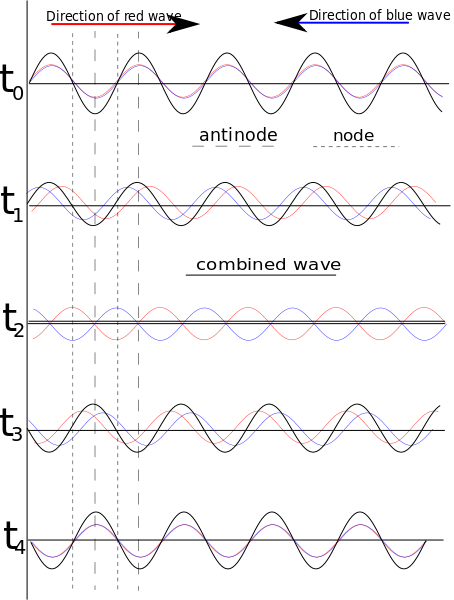Does λ here mean anything?
Yes, it means, in this context, precisely what it usually means: $\lambda$ is distance over which the wave completes one (spatial) cycle, i.e., the distance over which the argument changes by $2 \pi $
Look at the 2nd drawing from the top. It is clear that exactly one cycle completes in precisely a length of $\lambda$
Now, recall that the sine function is zero when the argument is zero and an integer multiple of $\pi$ so, the sine function passes through zero twice each cycle.
Because of the boundary conditions (zero displacement at the ends), integer multiples of one-half of a cycle can "fit" between the ends which leads to the condition that the spatial variation of the standing wave must be of the form:
$$f(x) = \sin(\frac{n \pi}{L}x) = \sin(\frac{2 \pi }{\lambda_n}x) $$
which immediately leads to:
$$\lambda_n = \dfrac{2L}{n} $$
In other words, for each value of $n$, there is an associated wavelength, $\lambda_n$. Granted, the drawing in the book doesn't make this particularly clear.
So, for $n = 1$, the wavelength $\lambda_1 = 2L$ or, as the 1st diagram shows $L = \dfrac{\lambda_1}{2}$
For $n = 2$, the wavelength $\lambda_2 = L$ as the 2nd diagram shows.
For $n = 3$, the wavelength $\lambda_3 = \dfrac{2L}{3}$ or, as the 3rd diagram shows, $L = \dfrac{3\lambda_3}{2}$
And so on...



